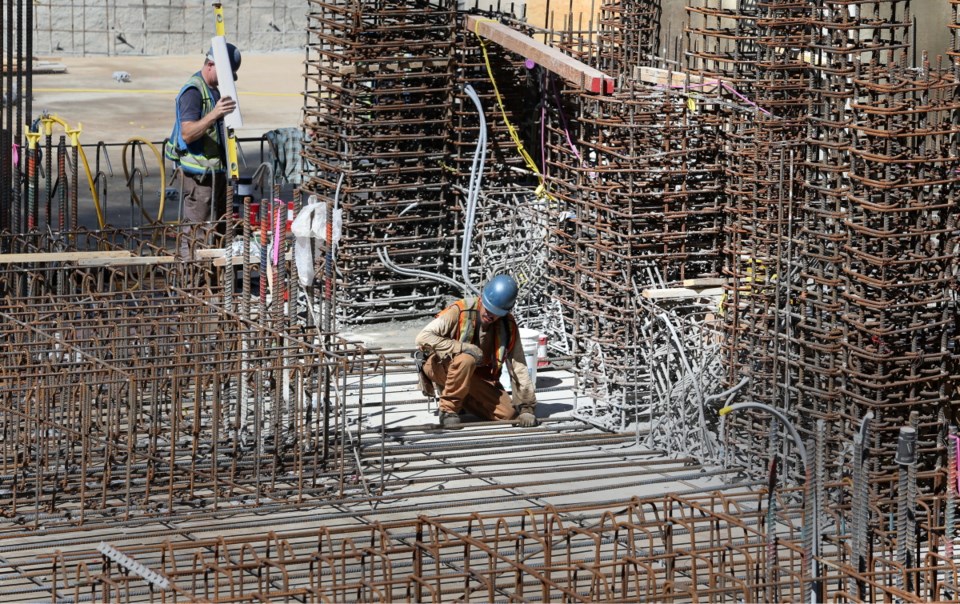A healthy tourism industry and construction sector helped Greater Victoria post the second-lowest unemployment rate among Canadian metropolitan areas last month. Statistics Canada said the region’s unemployment rate dropped to 4.7 per cent in July from 5.3 per cent in June.
Only Quebec City was lower at 4.3 per cent, according to the agency’s labour force survey.
Nationally, the unemployment rate increased by 0.1 percentage point to 6.9 per cent as the country shed 31,200 net jobs.
The capital region’s strong performance mirrored provincial standings, where B.C. boasted the lowest unemployment rate in the country at 5.6 per cent. The province added 85,000 jobs since July 2015 for a 3.7 per cent growth rate — fastest in Canada.
“It just supports the view that the B.C. economy is leading the country by quite a bit right now,” said Bryan Yu, a senior economist with the Central 1 Credit Union.
Yu said Metro Vancouver and, to a lesser extent, Greater Victoria are fueling the growth thanks to a low Canadian dollar that has boosted tourism, TV and film productions and the tech sector.
“I think all those areas are doing quite good at helping to propel a lot of this increase,” he said.
The low unemployment rate created demand for workers across all sectors in the capital region, said Christine Willow of GT Hiring Solutions, which administers WorkBC employment centres in Victoria, Saanich, Nanaimo, Burnaby and Chilliwack. “I couldn’t say to you, ‘Oh, it’s all in tourism.’ Or, ‘It’s all in construction or all in financing.’ It seems to be from almost every industry and sector,” she said.
Willow said employers are searching for entry-level workers as well as those with specific skills in engineering, accounting and other professions.
“We’re also getting things like Labour Unlimited calling our GT Hiring Solutions offices and saying, ‘We’ll come by and we’ll pick people up and drive them to the construction work sites, because we just need people,’” she said.
Chefs and cooks are in particularly high demand right across the province, Willow said. “Not just [in] tourism; I’ve had a number of care facilities call me in the last week, looking for cooks as well.”
Since July 2015, Greater Victoria added 3,600 jobs in public administration, 4,900 positions in the professions and 3,600 in retail and wholesale trade, Statistics Canada reports.
Shane Simpson, the NDP’s spokesperson on jobs, sounded a more cautionary note, expressing concern about the loss of full-time jobs from June to July and the spike in part-time work.
The province added 33,900 part-time jobs from June to July, but lost 21,800 full-time jobs, Statistics Canada said.
Simpson also noted job growth has mostly benefited the Lower Mainland and the southern Island. “The rest of the province is much more precarious in terms of job creation and lots and lots of that job creation has been in the more modest income ranges,” he said.
Simpson said wages have failed to keep pace with growing cost pressures on families in B.C. “That’s where I think the big challenge is,” he said,
“So when the premier talks about a strong economy, the real question is, ‘What’s that mean for individuals and families?’ And it’s difficult.”



